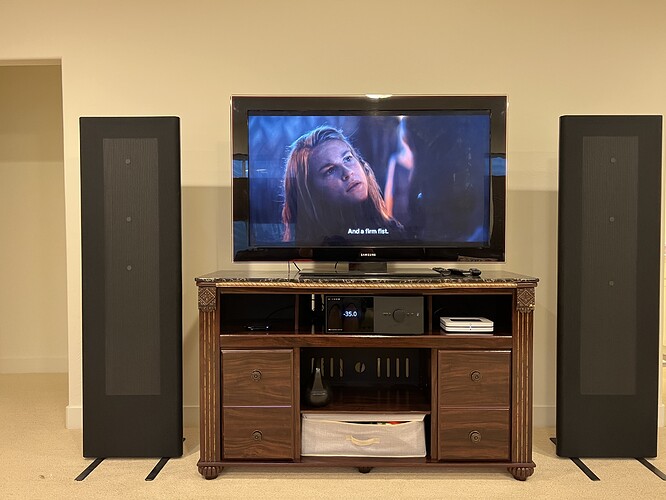These do intrigue me, and I got the same message from the factory rep...I just can't buy something that expensive without having a listen first. Also, I don't really have a great room for them, and I would need a more powerful amp. Hoping someone locally gets a set and I can listen to them sometime down the road.
I do find it odd that there is nothing on the website about them, even with the issue of the long lead time...just disclose that while promoting the product. Most people who are buying them will not be dissuaded just because of longer production time...?
Oh, yeah, congrats on the risers. Nice design. Magnepan should pay you and copy that design!
I do find it odd that there is nothing on the website about them, even with the issue of the long lead time...just disclose that while promoting the product. Most people who are buying them will not be dissuaded just because of longer production time...?
Oh, yeah, congrats on the risers. Nice design. Magnepan should pay you and copy that design!



